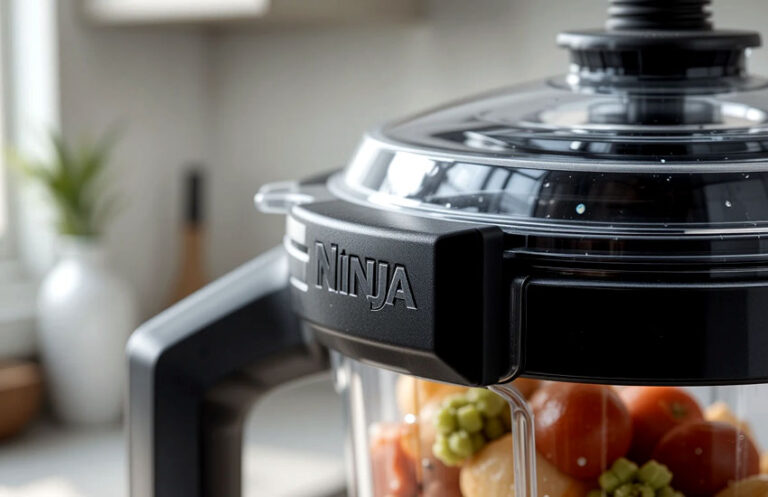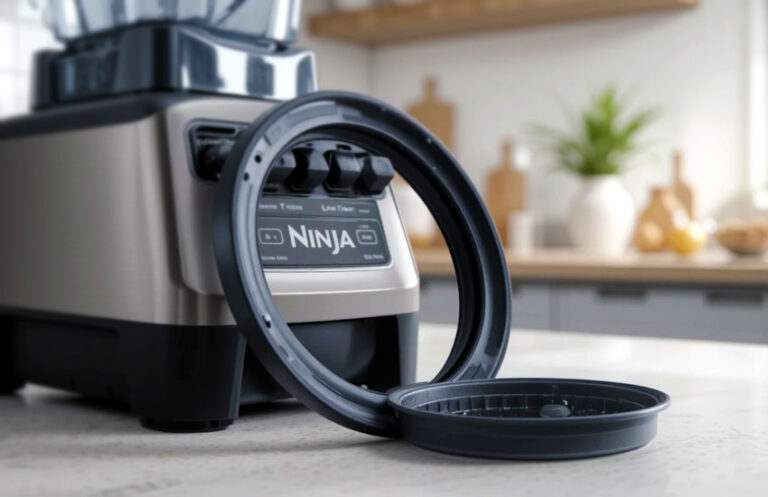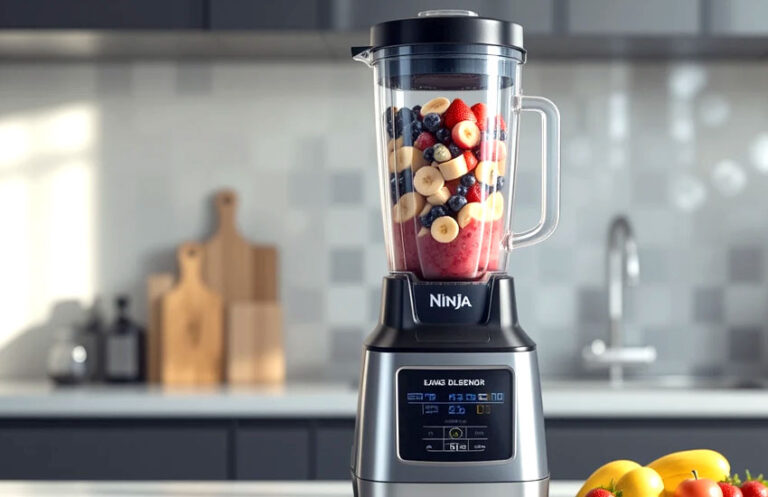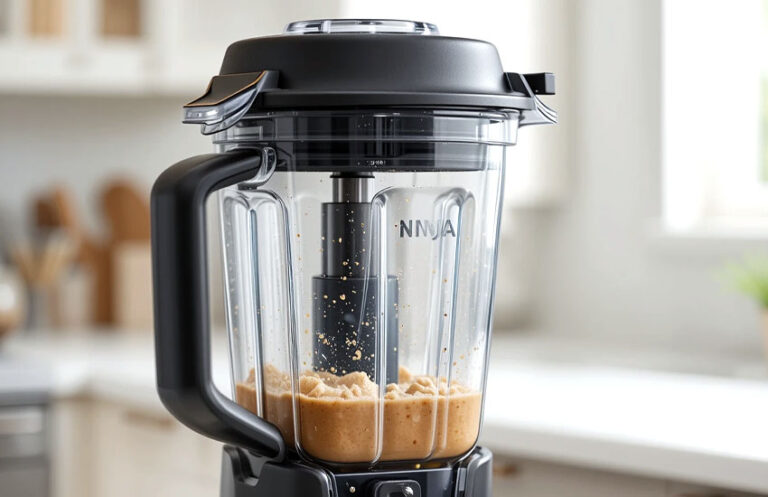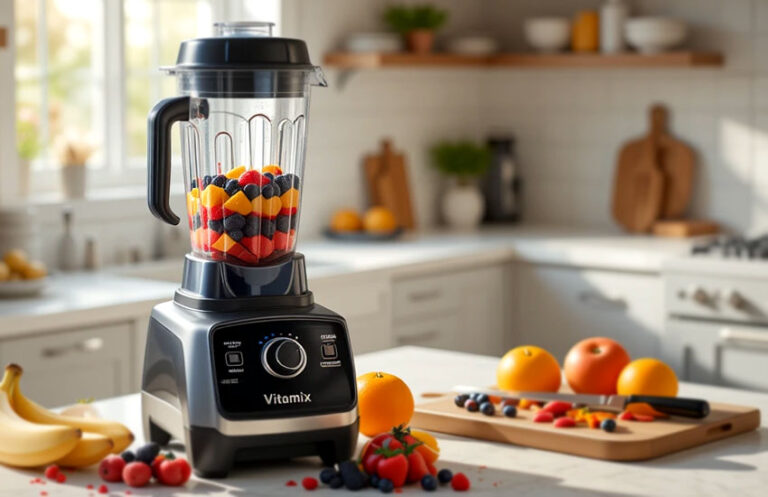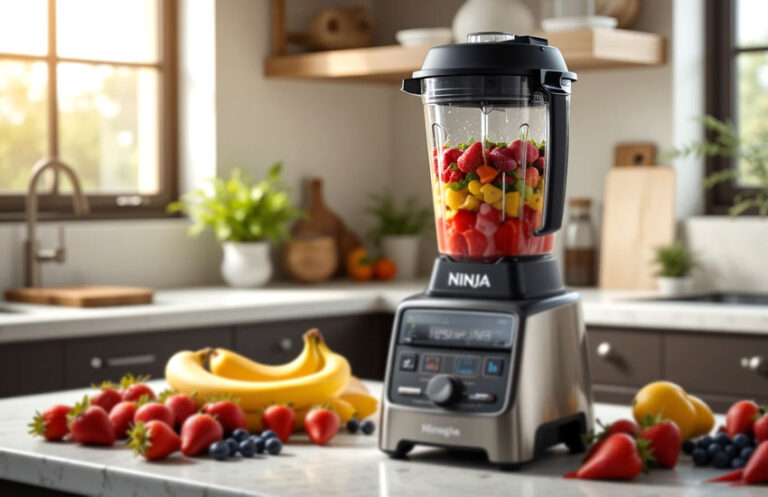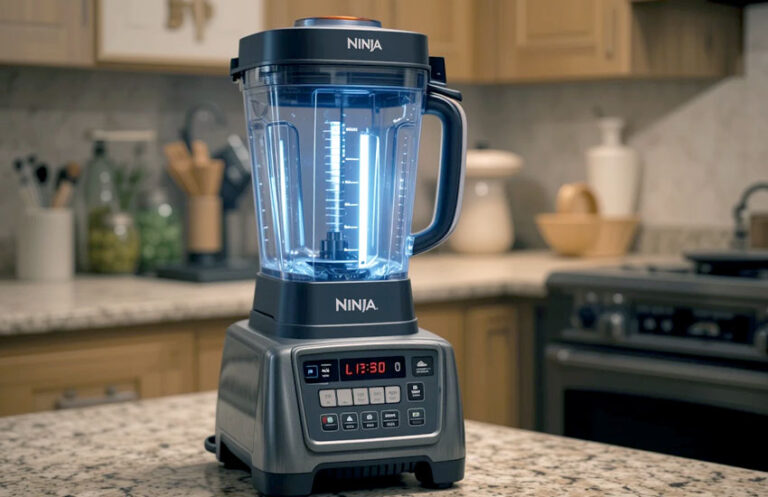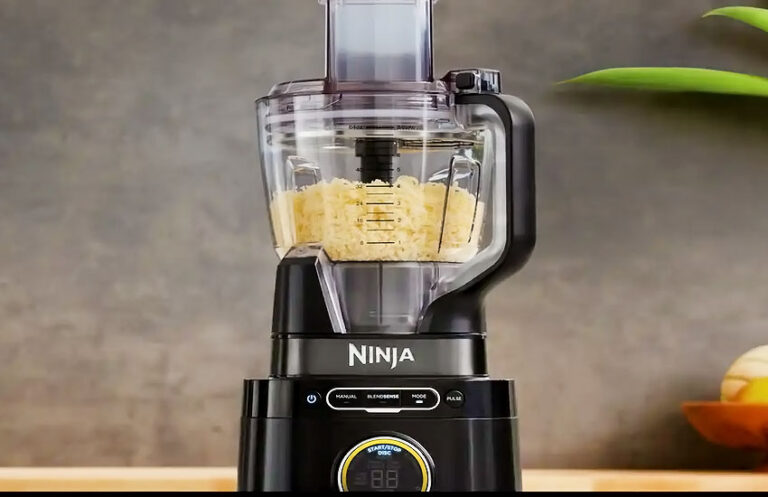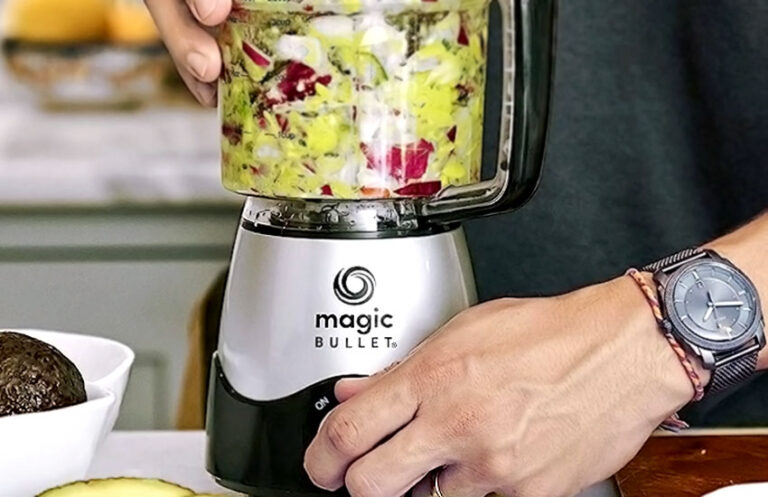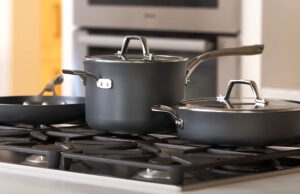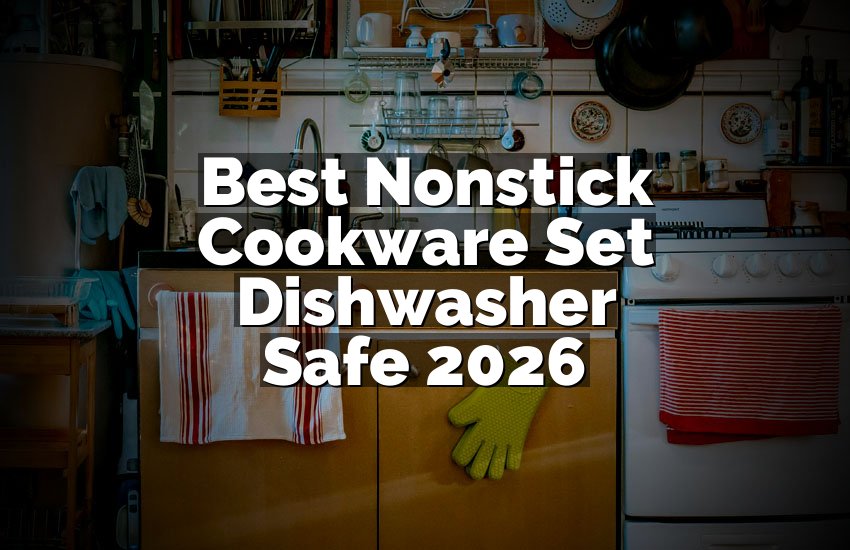As an Amazon Associate, I earn from qualifying purchases at no extra cost to you.
Food Processor Not Starting? Here’s How to Fix It
We’ve all been there: you’re in the kitchen, ready to tackle a new recipe, but then—your trusty food processor won’t start. It’s frustrating, to say the least! But before you throw in the towel or send it off for repairs, let’s go over some common reasons why your food processor might be on strike and what you can do to bring it back to life. In this guide, we’ll explore the possible causes, share troubleshooting steps, and even discuss when it’s time to call in the pros. Let’s get that kitchen gadget running again!

Common Causes of a Food Processor Not Starting
If your food processor is refusing to start, don’t panic! There could be several simple explanations. Often, the issue is not as complicated as it may seem. From power issues to safety features, let’s break down some common culprits.
Power Supply Issues
The first and most obvious place to start is the power supply. Before you dive into more complicated solutions, double-check that the food processor is plugged in properly. It’s easy to forget, especially if you’ve been moving things around in your kitchen. Here are a few things to inspect:
- Unplugged Cord or Power Source: Sometimes the simplest solutions are the best. Ensure that your food processor’s cord is securely plugged into a working electrical outlet. If it’s loose or partially unplugged, the machine won’t turn on.
- Faulty Electrical Outlet: If the cord is plugged in, try testing the outlet by plugging in another device, like a lamp or phone charger. If the other device doesn’t work either, it’s likely that the outlet is malfunctioning. You can then test the processor on a different outlet.
- Power Switch Malfunction: Some food processors have a power switch that can get stuck or jammed. If you’ve checked everything else and it still won’t turn on, ensure the switch isn’t clogged with food particles or dust. A gentle cleaning might be all it needs to get back to working order.
Motor or Blade Problems
If the power supply seems fine, but your processor still isn’t starting, the issue could be with the motor or the blades. Food processors are heavy-duty machines with a lot of moving parts, so it’s important to make sure everything is in tip-top shape.
- Jammed Blades or Motor Shaft: If something is preventing the blades from spinning—like a piece of food caught in the motor shaft—this could be the reason why the processor is failing to turn on. Check the blades carefully to see if anything is stuck. A quick fix might be as simple as removing the obstruction.
- Worn-out Motor Brushes: Some food processors, especially older models, can experience motor wear over time. The motor brushes, which help carry electrical current to the motor, might wear down and need replacing. This is a job for a professional, but if your processor is older, it could be time for a new set of brushes.
- Overheating or Motor Failure: Just like any other appliance, a food processor can overheat if it’s been used for a long time or under heavy load. If your food processor stops working after extended use, let it cool down for a while. If it still doesn’t start after cooling, there may be a deeper motor issue that will require professional attention.
Safety Features and Locking Mechanism
Food processors are equipped with safety features to ensure that they only operate when all parts are properly in place. If you’ve been using the machine without any issues and suddenly it won’t start, the problem could be related to one of these safety features.
- Misaligned Lid or Bowl: Food processors have safety mechanisms that prevent them from turning on if the lid or bowl isn’t correctly aligned or locked into place. If the lid isn’t seated properly or if the bowl isn’t locked in position, the processor won’t start. Make sure everything is securely in place before attempting to turn it on.
- Safety Switch Issues: Many food processors have a safety switch or interlock system that detects if all parts are correctly positioned. If the switch is malfunctioning, the processor won’t start even if everything looks fine to you. A stuck or faulty safety switch can be repaired by a professional, but in the meantime, try adjusting the parts to see if that resolves the issue.
- Unsecured or Improperly Placed Parts: Double-check that all components are assembled correctly. For instance, some models have a special mechanism that prevents the motor from turning on unless the bowl and lid are locked into place. Even the smallest misalignment can prevent the processor from working.
Troubleshooting Steps to Get Your Food Processor Running Again
Now that you know some of the most common causes of a food processor not starting, let’s walk through some simple troubleshooting steps to get your processor working again. It’s always best to start with the basics, so don’t worry if this seems too easy. Sometimes, the simplest fixes can make all the difference.
Check the Power Supply
First things first—check the power supply. This may seem like an obvious step, but sometimes it’s easy to overlook.
- Inspect the Power Cord: Unplug the food processor and examine the power cord for any visible damage. If the cord is frayed, cut, or showing signs of wear, it may need to be replaced. A damaged cord can cause electrical issues that prevent the processor from starting.
- Test the Outlet: As mentioned earlier, try plugging something else into the outlet to verify that it’s working. If you don’t have another device on hand, you can also try using a different outlet in the kitchen or another room to see if that helps.
- Look for a Reset Button: Some food processors have a reset button built into the power switch or motor. If your food processor has one, press the button and see if it starts up. This button is often used if the appliance has overheated or tripped a circuit.
Inspect the Blades and Motor
Once you’ve checked the power supply, it’s time to inspect the internal components, especially the blades and motor. Here’s how to tackle this:
- Clear Out Any Obstructions: Turn off and unplug the processor before attempting this. Open the lid and inspect the blades for any obstructions. Food debris or small pieces of food might get stuck between the blades, preventing them from spinning. If you find something, carefully remove it.
- Check for Motor Sounds: After checking the blades, plug the processor back in and try to turn it on. Listen carefully for any motor sounds. If you hear a hum or buzz, the motor is likely working but might be struggling to turn the blades. In this case, the motor brushes could be worn out, or there may be an issue with the bearings. If you don’t hear anything, it could indicate a motor failure, and you may need professional assistance.
- Overheating: If your processor has been running for a long time or you’ve been working with tough ingredients, it may have overheated. If this is the case, simply let the processor cool down for 10–15 minutes before trying again.
Verify the Safety Mechanism
If you’ve checked the power and internal components, and the processor still isn’t starting, it’s time to check the safety features. Here’s what you can do:
- Ensure Proper Assembly: Double-check that all parts are securely locked in place. The lid should be properly aligned with the bowl, and the bowl should be securely attached to the base. If any of these components are out of place, the processor won’t turn on.
- Check for a Stuck Safety Switch: If everything seems properly aligned, but the processor still won’t start, the safety switch might be stuck. Try gently moving the lid or bowl to see if you can activate the safety switch. If the switch seems to be malfunctioning, it may need to be repaired or replaced by a professional.
If none of these steps solve the problem, you might be dealing with a more serious issue. In that case, it’s time to consider professional help.

When to Seek Professional Repair
While it’s great to try troubleshooting at home, some issues are just too complex or technical to handle on your own. If you’ve gone through all of the above steps and your food processor is still refusing to start, it might be time to seek professional repair.
Here are a few signs that you should contact customer support or take your food processor to a repair shop:
- Motor Failure: If your food processor is making unusual noises or you’ve determined that the motor is the problem, it’s best to let a professional handle it. Motor repairs can be tricky and may require specialized knowledge and parts.
- Electrical Issues: If there are any electrical issues, such as a blown fuse or malfunctioning power switch, it’s safest to have a professional handle the repair. Attempting to fix electrical problems without the proper knowledge could be dangerous.
- Warranty and Support: If your food processor is still under warranty, contact the manufacturer or retailer for support. Many companies offer free repairs or replacements if the issue is covered under the warranty.
In some cases, it might be more cost-effective to replace the food processor entirely, especially if it’s an older model. However, if you love your current processor and it has served you well for years, it’s worth having it repaired.
I hope this guide helps you troubleshoot the common reasons why your food processor might not be starting. From simple power issues to more complicated motor problems, you can often get your processor back up and running with just a few easy steps. Remember, it’s always best to start with the basics and work your way up. If you’ve done all you can and the processor is still refusing to cooperate, don’t hesitate to call in the professionals. Here’s to getting your food processor back in action and making your cooking tasks a breeze once again!
Are These Questions in Your Mind?
Is it normal for a food processor to stop working after prolonged use?
Yes, food processors can overheat if used for extended periods. It’s important to give them time to cool down before using them again.
Can I fix a jammed food processor on my own?
Yes, if the blades are jammed, you can usually fix it by turning off the processor, unplugging it, and clearing the obstruction. Just make sure you check for any broken parts.
Do I need to replace the motor if it’s not starting?
Not necessarily. Sometimes a food processor’s motor might require maintenance, such as replacing the motor brushes. A professional can assess whether a motor replacement is necessary.
Can a faulty safety switch prevent a food processor from starting?
Yes, many food processors have a safety switch that prevents the machine from operating unless it’s securely locked. If the switch malfunctions, it can keep the processor from turning on.
Is it okay to leave my food processor plugged in all the time?
It’s best to unplug your food processor when not in use to prevent any electrical hazards. Also, unplugging it can help extend its lifespan.
Can I use a food processor if the power cord is slightly damaged?
No, it’s unsafe to use a food processor with a damaged power cord. It could cause electrical shocks or further damage to the appliance.
Is it safe to clean my food processor with water?
Yes, but make sure the motor base doesn’t get wet. Always follow the manufacturer’s cleaning instructions to avoid damaging the machine.
Can a food processor’s blade get dull over time?
Yes, like any kitchen tool, food processor blades can dull over time. If the blades aren’t cutting as efficiently, they may need sharpening or replacing.
Is it worth repairing a food processor?
It depends on the issue and the age of the food processor. If the problem is minor and the machine is still in good condition, repair is usually worth it. However, if the processor is old, it might be more cost-effective to buy a new one.
Do I need to register my food processor for warranty coverage?
While registration isn’t always required for warranty coverage, it’s a good idea to register your product with the manufacturer to ensure you’re covered in case of issues.

